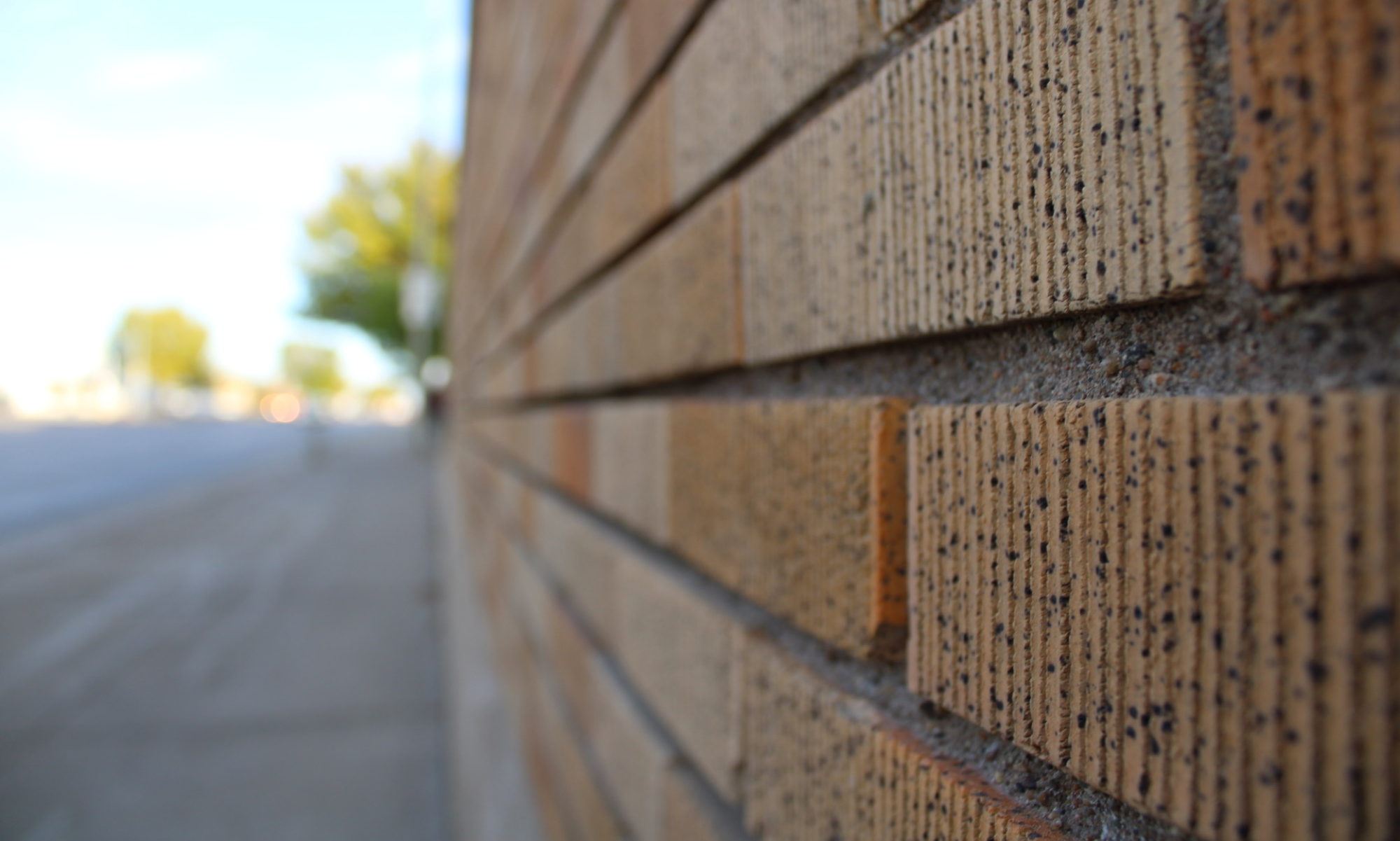
The time has come, folks. We’re moving into the rules of editing! For many writers, taking a red pen to that first draft is one of the hardest parts of the whole process. But a manuscript has to be polished before you can share it with the world, and there’s a lot of advice out there outlining the best way to go about it.
Just like with my planning and writing rules, I’m going to explore the rules of editing to see what works and what doesn’t.
WHY PRINT IT OUT?
This week I wanted to start with a rule that sounds pretty simple: print out your first draft instead of editing it on your computer screen. This can be hard for writers to wrap their brains around for a couple of reasons. First, printer paper and ink are expensive. A lot of people don’t have easy access to a printer. Or if they do, it seems like a waste to print out a first draft that is ultimately going to be covered in red marks and unreadable to anyone but you. Second, it seems more efficient to edit directly in the document. Editing on paper is a lot more time-consuming, because you have to tediously transfer those edits from the page to the screen.
Still, there’s something great about editing a tangible printed draft. Even though my draft was pretty long, I decided to splurge on the ink this week so I could test this rule. And the verdict? Definitely worth it.
IT’S ALL A MINDSET
I’ve found in the past that if I just edit on the screen, I tend to miss things. Because it’s the same screen I saw as I actually wrote the draft, my brain seems to think it’s okay to breeze through it. Even though it’s easier to make a quick edit, it’s also easier to just skim through the words without really thinking about them. With a printed draft, I find myself looking for reasons to mark up every page. It gives me permission to be messy with it.
I’ve talked a lot about mindset during the Writing Rules Project. I was reminded this week that printing out a draft is a great way to get into the editing mindset. It flips a switch. It’s a concrete way of acknowledging that the writing part is done, and now you’ve got a book in front of you. It’s a turning point in the process. And in case you can’t tell, I’m giving this rule a ten out of ten.
Do you like to edit a printed draft? Let’s talk about it in the comments below.
Need some creative writing activities for kids, students, or yourself this summer? Check out the Writing Rules Mini Project I put together a few weeks back!
I’ve got stickers, notebooks, and more on Redbubble! Here’s my latest Writing Rules Project logo sticker.

